Metaverse Backend Engineering
Design and Build the Infrastructure Powering Virtual Worlds, Digital Avatars, and Immersive Experiences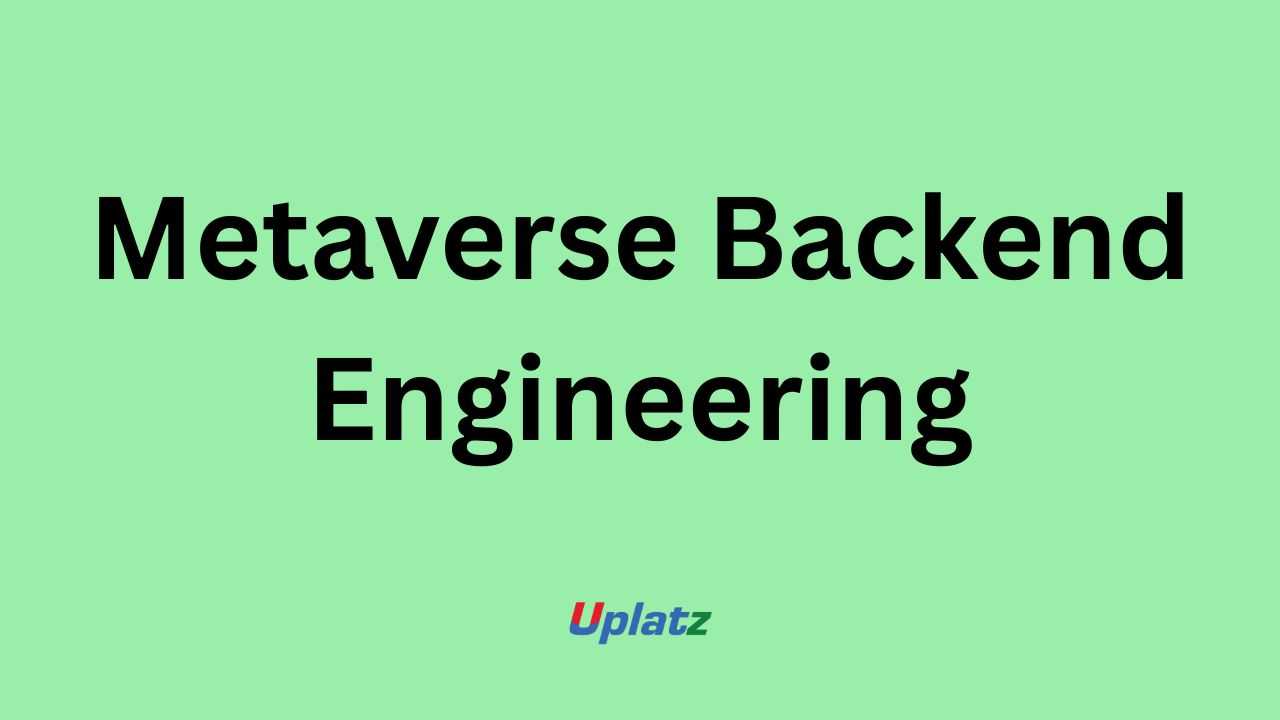 Price Match Guarantee
Full Lifetime Access
Access on any Device
Technical Support
Secure Checkout
Course Completion Certificate
Price Match Guarantee
Full Lifetime Access
Access on any Device
Technical Support
Secure Checkout
Course Completion Certificate
 97% Started a new career
BUY THIS COURSE (
97% Started a new career
BUY THIS COURSE (GBP 12 GBP 29 )-
 86% Got a pay increase and promotion
86% Got a pay increase and promotion
Students also bought -
-
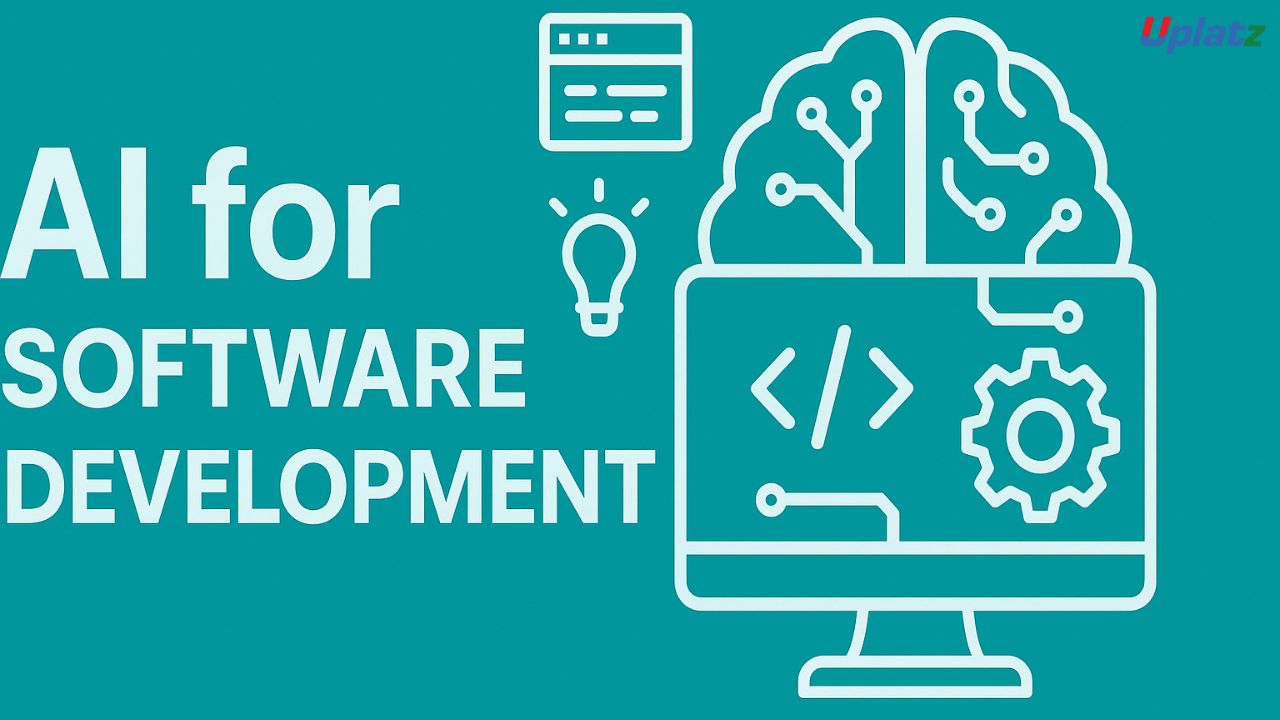
- AI for Software Development
- 10 Hours
- GBP 12
- 10 Learners
-
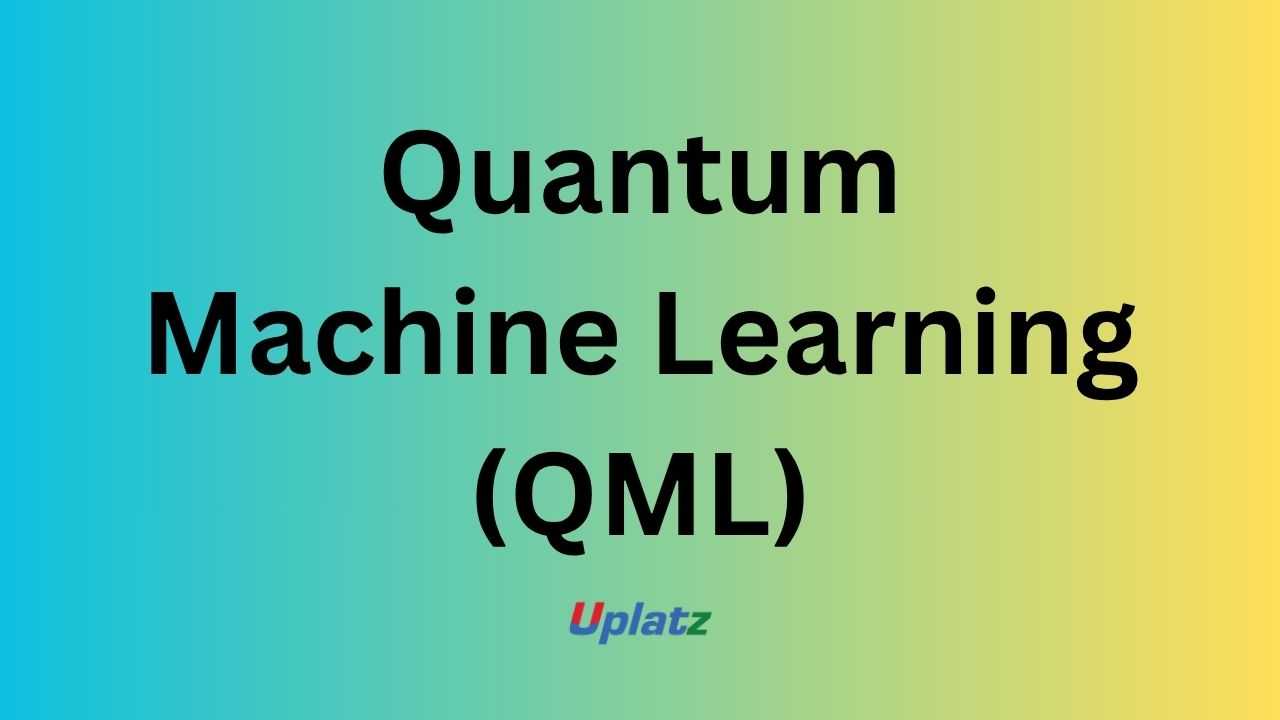
- Quantum Machine Learning (QML)
- 10 Hours
- GBP 12
- 10 Learners
-
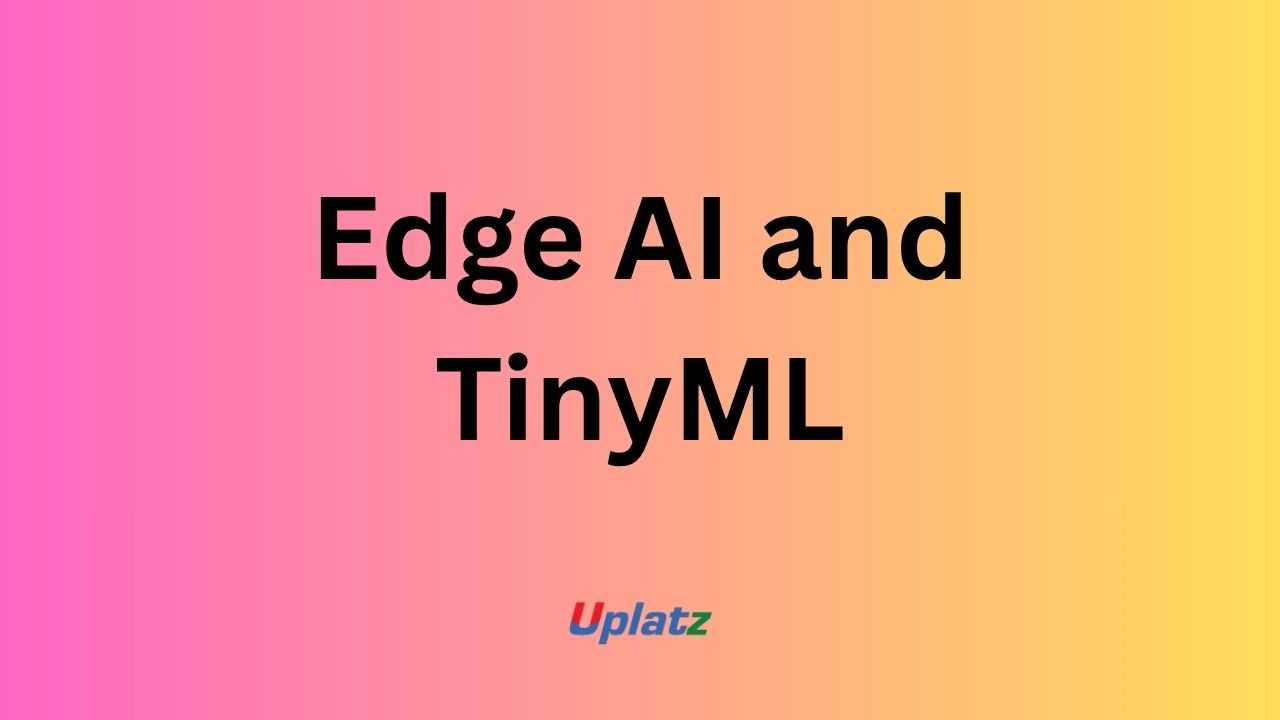
- Edge AI and TinyML
- 10 Hours
- GBP 12
- 10 Learners
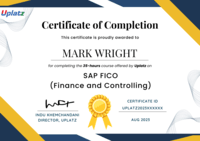
The Metaverse Backend Engineering course by Uplatz empowers learners to build the distributed systems, cloud infrastructures, and real-time services that power next-generation immersive worlds. As organisations and creators expand into virtual reality (VR), augmented reality (AR), gaming, Web3, and AI-driven spaces, backend engineers play a critical role in enabling persistent, scalable, secure, and interactive metaverse environments.
This course provides a comprehensive, hands-on journey into the technologies behind metaverse platforms — from real-time communication and 3D world persistence to blockchain asset ownership, identity systems, and AI-enhanced simulations. Whether you aim to work in gaming, virtual experiences, Web3, or enterprise metaverse solutions, this course equips you with the technical skills to build production-ready backend systems.
🔍 What Is Metaverse Backend Engineering?
Metaverse Backend Engineering focuses on designing and implementing the invisible but essential components that support immersive digital experiences. While VR and 3D graphics define what users see, backend engineering determines how the world behaves, synchronizes, stores information, and scales.
A metaverse backend typically involves:
-
Real-time networking for multiplayer synchronization
-
Cloud infrastructure for scalable world hosting
-
Identity systems for user authentication and avatar management
-
Asset databases for storing items, scenes, and economy data
-
Web3 blockchain integration for digital ownership and NFT-based assets
-
AI services for NPC behaviour, world generation, and simulation
-
APIs connecting the client (Unity, Unreal Engine, WebXR) with distributed services
Together, these components create a persistent virtual universe where users can interact, trade, build, explore, and collaborate.
⚙️ How Metaverse Backend Systems Work
Building backend systems for the metaverse requires combining multiple cutting-edge domains:
1. Distributed Architecture
The metaverse runs across clusters of servers handling physics, rendering, player states, and world logic. Architectures such as microservices, serverless functions, and container orchestration (Kubernetes) allow these worlds to scale to thousands of concurrent users.
2. Real-Time Networking
Using WebSockets, UDP, and event brokers (Kafka, Redis Streams), metaverse backends broadcast continuous updates such as position, rotation, actions, and physics events.
3. World Persistence
Cloud databases (Firestore, DynamoDB, MongoDB, PostgreSQL) store:
-
scene data
-
user inventories
-
terrain modifications
-
world history and events
This ensures that the world persists even when players log out.
4. Blockchain Asset Ownership
NFTs and smart contracts provide:
-
verifiable digital ownership
-
transferable in-world items
-
decentralised identities
-
play-to-earn economies
Smart contracts on Ethereum, Polygon, or Solana maintain trust across the ecosystem.
5. AI-Driven Interactions
AI services handle:
-
NPC behaviour and pathfinding
-
procedural world generation
-
personalization and adaptive environments
-
chatbots and narrative engines
AI enables metaverse experiences that feel alive, dynamic, and intelligent.
6. Interoperability
Using REST APIs, GraphQL, Web3 libraries, and open standards (OpenXR, glTF, NFT metadata schemas), backend systems connect with 3D engines and external services.
This course teaches every component required to build these systems in practice.
🏭 Industry Applications of Metaverse Backend Engineering
Metaverse backend engineering is crucial in multiple industries adopting immersive and Web3 technologies. Companies like Meta, Epic Games, Unity Technologies, Microsoft, Roblox, NVIDIA, Decentraland, Sandbox, Niantic, and major global brands are building persistent virtual ecosystems.
Common applications include:
1. Gaming & Interactive Worlds
Multiplayer servers, matchmaking, leaderboards, asset marketplaces.
2. Virtual Workspaces & Remote Collaboration
Virtual offices, digital twins for enterprises, persistent collaboration rooms.
3. Retail & E-Commerce
Virtual showrooms, interactive shopping environments, NFT-based products.
4. Education & Training
Immersive classrooms, simulation-based training, VR instruction platforms.
5. Blockchain & Web3 Ecosystems
Play-to-earn platforms, NFT economies, decentralized identity systems.
6. Entertainment & Live Events
Virtual concerts, VR theatres, digital festivals, avatar-based experiences.
7. Industrial Metaverse & Digital Twins
Simulation of factories, supply chains, energy grids, and autonomous systems.
Understanding metaverse backend engineering positions you for one of the fastest-growing career paths in the tech landscape.
🌟 Benefits of Learning Metaverse Backend Engineering
By mastering backend systems for immersive worlds, you gain several advantages:
-
Future-Ready Tech Skills
Work at the intersection of cloud computing, gaming, AI, and blockchain. -
High Demand for Skilled Engineers
Few developers currently understand metaverse backend architecture — demand is rising rapidly. -
Ability to Build Large-Scale Real-Time Systems
Skills transferable to gaming, fintech, social platforms, IoT, and more. -
Create Web3-Integrated Digital Economies
Understand how NFTs, tokens, and smart contracts drive ownership. -
Hands-On Practical Experience
Build actual backend pipelines for live, multi-user immersive environments. -
Strong Career & Freelancing Potential
Work with global organizations, startups, 3D creators, and metaverse ventures.
📘 What You’ll Learn in This Course
Without repeating the syllabus, the learning journey includes:
-
Distributed metaverse architectures
-
Real-time communication using WebSockets & event brokers
-
Unity and Node.js backend integration
-
Physics simulation and scene persistence
-
API design for XR platforms
-
Blockchain & smart contract integration for digital assets
-
User identity, authentication, and avatar systems
-
AI-driven behavior and world generation
-
Handling scalability, latency, and security challenges
-
Mini-projects building backend subsystems for virtual worlds
-
A full capstone project building your own metaverse backend
🧠 How to Use This Course Effectively
To maximize your learning experience:
-
Begin with architecture fundamentals: clients, servers, microservices, and world layers.
-
Build a real-time data pipeline using WebSockets and events.
-
Implement user login, identity, and asset systems.
-
Store persistent world data using cloud databases.
-
Integrate blockchain smart contracts for NFT assets.
-
Add AI-driven NPC behavior and dynamic environments.
-
Complete the capstone project — a fully functional metaverse backend system.
Revisit modules, practice coding examples, and experiment with multiple tools for deeper understanding.
👩💻 Who Should Take This Course
This course is ideal for:
-
Backend Developers
-
Full-Stack Engineers
-
Blockchain Developers
-
Game Developers (Unity/Unreal)
-
XR/VR/AR Engineers
-
Cloud Engineers & Architects
-
AI Developers building immersive applications
-
Students entering Web3 and metaverse careers
Basic programming experience (e.g., JavaScript, Python, or C#) is recommended.
🚀 Final Takeaway
The metaverse requires a new generation of backend engineers capable of building scalable, persistent, intelligent, and secure virtual worlds. The Metaverse Backend Engineering course by Uplatz gives you a complete, practical pathway to mastering these systems.
By the end, you’ll know how to design high-performance distributed backends that support live user interactions, immersive 3D environments, blockchain-based ownership, and AI-driven world dynamics — enabling you to contribute to the future of virtual experiences.
-
Understand metaverse architecture and backend components.
-
Build real-time communication layers using WebSocket and gRPC.
-
Integrate cloud infrastructure for scalable 3D experiences.
-
Manage digital identities and authentication across virtual worlds.
-
Implement blockchain-based ownership and smart contracts.
-
Develop APIs for cross-world data exchange.
-
Create AI modules for virtual agents and procedural generation.
-
Optimize performance and latency in distributed systems.
-
Implement data storage for persistent virtual environments.
-
Prepare for backend and infrastructure roles in metaverse-based ecosystems.
Course Syllabus
Module 1: Introduction to the Metaverse and Its Architecture
Module 2: Cloud and Network Infrastructure for Virtual Worlds
Module 3: Real-Time Systems – WebSocket, gRPC, and Event Queues
Module 4: Identity, Authentication, and Access Control
Module 5: Asset Management and 3D Data Storage
Module 6: Blockchain Integration – NFTs, Tokens, and Smart Contracts
Module 7: AI and Procedural Generation for Virtual Agents
Module 8: APIs, Interoperability, and Cross-World Communication
Module 9: Security, Privacy, and Data Governance in the Metaverse
Module 10: Capstone Project – Build a Metaverse Backend Prototype
Upon completing this program, learners will receive a Certificate of Completion from Uplatz, validating their mastery in Metaverse Backend Engineering. This Uplatz certification demonstrates practical expertise in developing, scaling, and maintaining back-end architectures for immersive and decentralized virtual experiences.
The certification aligns with the skills demanded by Web3, AR/VR, gaming, and digital-twin industries, providing a solid foundation for backend developers transitioning into immersive-tech ecosystems.
Holding this certificate signals your readiness to build AI-driven, blockchain-integrated backends that support thousands of concurrent users in the next generation of digital environments.
The metaverse industry is rapidly expanding, creating a global demand for engineers who can build scalable, secure, and intelligent backend systems. Completing this course from Uplatz prepares you for high-value roles such as:
-
Metaverse Backend Engineer
-
Web3 Infrastructure Developer
-
Real-Time Systems Architect
-
Blockchain Integration Engineer
-
Cloud & AR/VR Platform Engineer
Professionals in this field typically earn between $110,000 and $200,000 per year, depending on experience and project scale.
Career opportunities exist with gaming studios, AR/VR startups, blockchain companies, and major tech enterprises building immersive digital ecosystems. This course gives you the skills to power virtual worlds, connect decentralized economies, and create seamless user experiences in the metaverse era.
-
What is the Metaverse?
A persistent, interconnected digital universe combining AR, VR, AI, and blockchain to enable shared virtual experiences. -
What is the backend’s role in the metaverse?
It manages data, assets, users, and real-time communication among virtual participants. -
Which technologies are used for metaverse backend systems?
Node.js, WebSocket, gRPC, Unity APIs, AWS, and blockchain (Ethereum, Polygon). -
How are NFTs used in the metaverse?
They represent ownership of digital assets like avatars, land, or items. -
What database solutions suit virtual-world storage?
NoSQL, graph databases, and distributed file systems (IPFS, AWS DynamoDB). -
What is real-time event streaming?
Continuous data exchange enabling synchronized interactions across users and devices. -
How is AI used in the metaverse backend?
To control NPCs, automate moderation, and generate procedural content. -
What are interoperability standards?
APIs and protocols that allow cross-platform identity and asset exchange (OpenXR, Metaverse Standards Forum). -
What security challenges exist in metaverse infrastructure?
Identity theft, transaction fraud, data leakage, and smart-contract exploits. -
What are key performance concerns for metaverse backends?
Latency reduction, load balancing, concurrency handling, and data synchronization.









